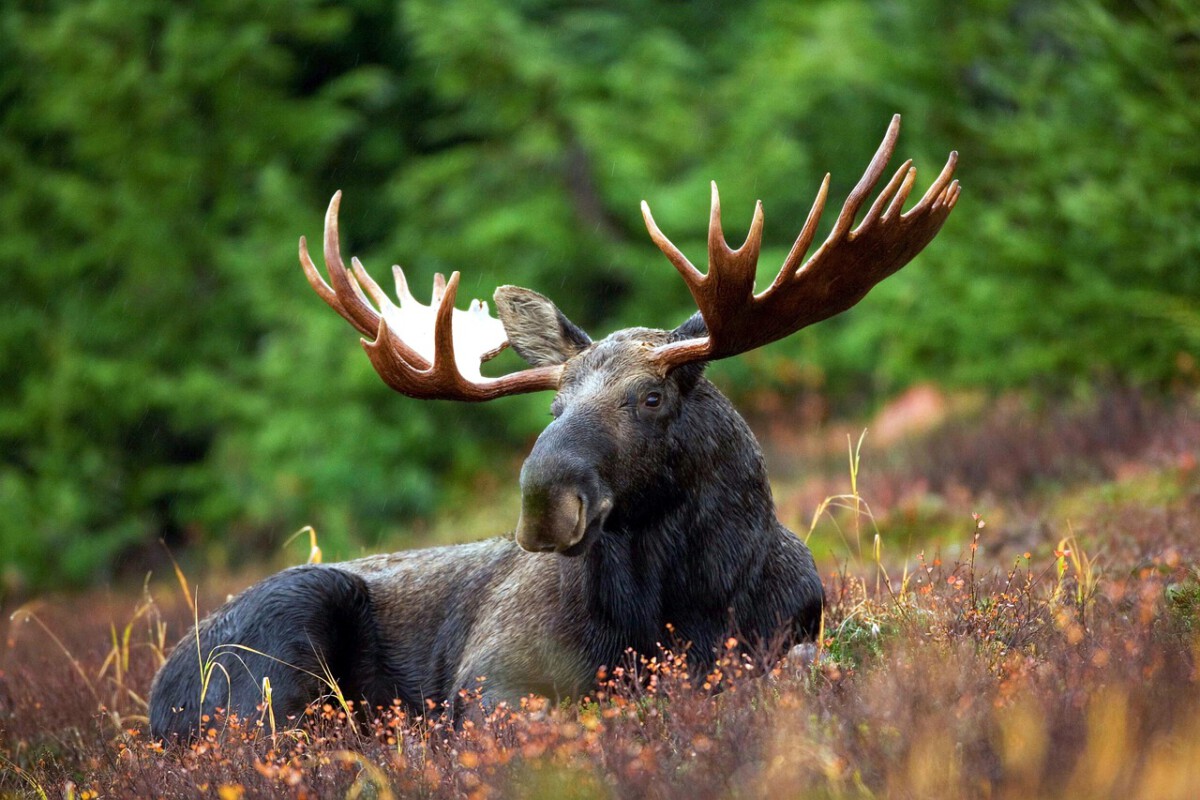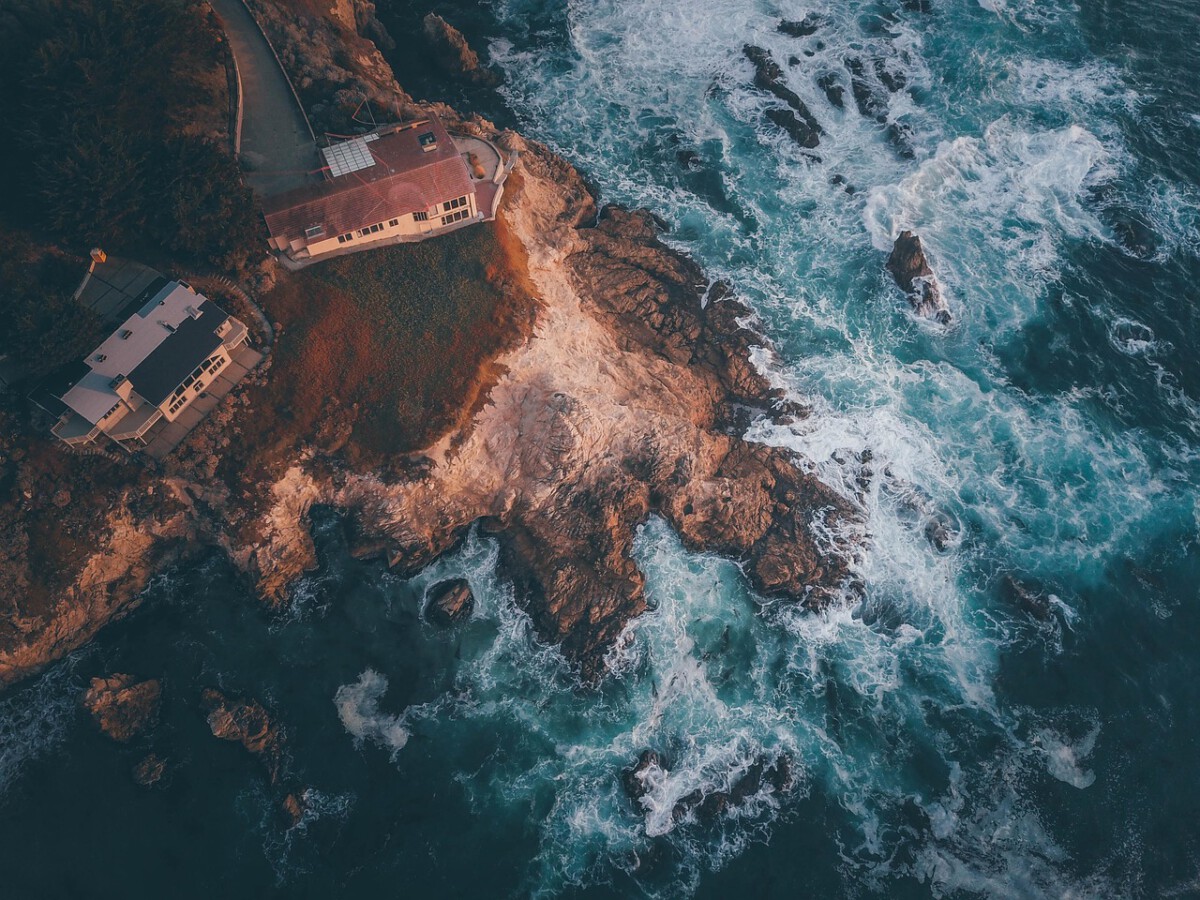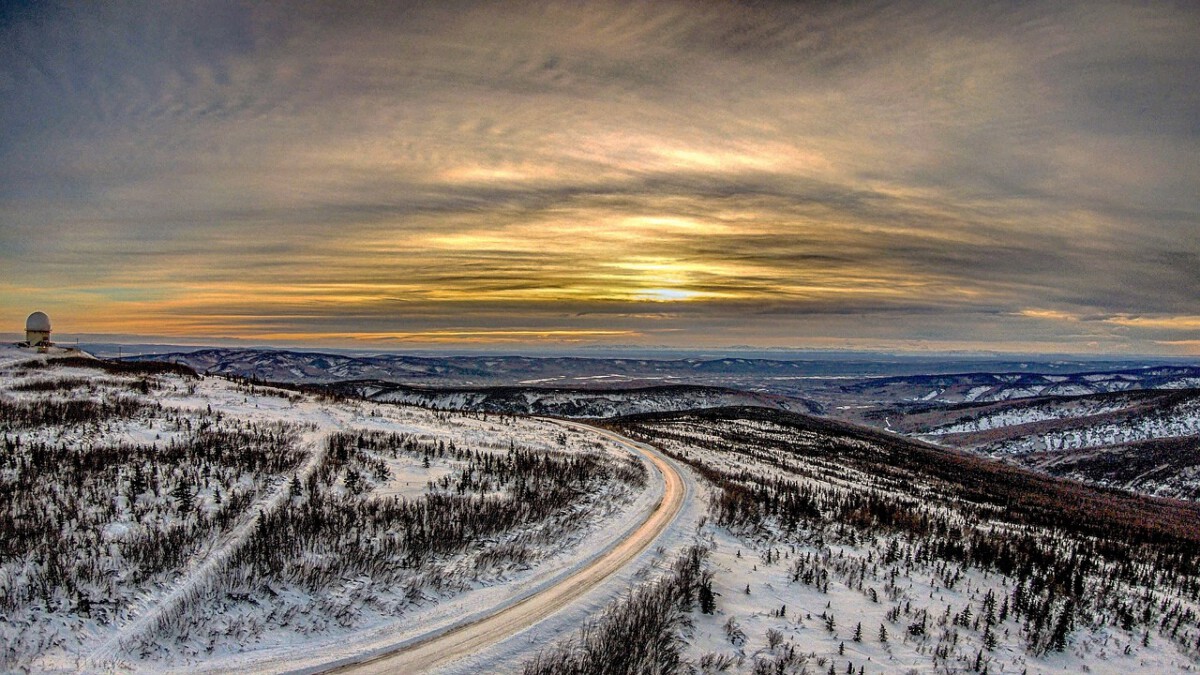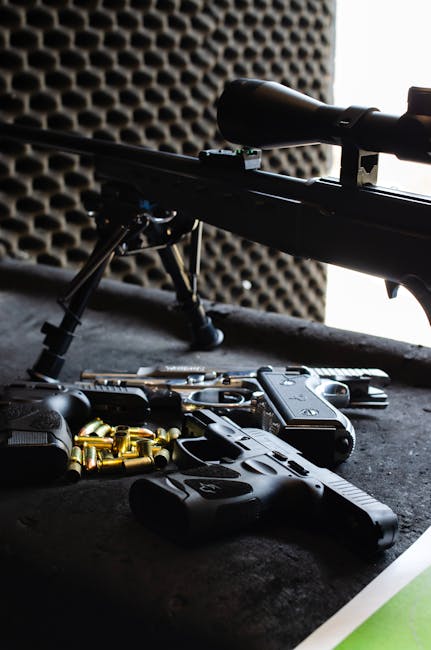Alaska, the beautiful frontier known for its vast wilderness and rich history, is also home to some of the most peculiar laws. From guarding the safety of hunters to regulating snowmen heights, these Alaskan rules reflect a combination of history, safety, and sometimes puzzling rationale. These laws might make you scratch your head, but don’t dismiss them just yet—they offer fascinating insights into the state’s unique culture and priorities.
Keeping Quiet: Whispering and Moose Don’t Mix

Imagine planning a moose hunt and being warned that whispering is forbidden! It sounds bizarre, but in Alaska, it’s illegal to whisper in someone’s ear while hunting moose. This unusual law is rooted in safety concerns. The state’s extensive wilderness is home to these majestic animals, and any distraction during hunting could lead to accidents. Moose are not just any game—they’re massive and can become aggressive if threatened. So while this rule might make you chuckle, it ensures that hunters maintain focus and safety during their excursions.
A License to Swing: The Curious Case of the Slingshot
When you think of dangerous weapons, a slingshot might not come to mind. However, in Alaska, you need a special permit to carry one. This law highlights the state’s caution towards objects that could cause harm. Although many associate slingshots with childhood fun, they can be dangerous in the wrong hands or the wrong setting. Thus, this regulation places the slingshot alongside other more obviously dangerous weapons, ensuring they’re used responsibly.
No Skydiving for Moose
The image of a moose being shoved out of an airplane is both humorous and perplexing. Rest assured, it’s illegal in Alaska. While this law prompts laughter and speculation, it’s a testament to the unpredictabilities that lawmakers might have encountered—or imagined. It’s difficult to envision a scenario where this would be necessary, but this law ensures it never happens, safeguarding both moose and air travelers from aviation absurdity.
The Sky Is Not for Spying: Airborne Moose Viewing Prohibited

Looking at moose might seem harmless, but doing so from an airplane is a legal no-go in Alaska. This law stems from the need to protect wildlife from overly enthusiastic hunters who may use aircraft to track and hunt moose. By prohibiting aerial surveillance the day of a hunt, it gives moose a fair chance to roam safely—and hunters must rely on their skills without technological advantages. This quirky law serves to balance human activity with ecological preservation.
Silencing the Streets: Fairbanks’ Noise Ordinance

In Fairbanks, maintaining peace and quiet extends to an ordinance against excessive noise. Residents can breathe easy knowing trumpets won’t blare through their afternoons. Whether it’s car horns or boisterous parties, the law ensures the tranquility of Alaskan residents is preserved. This regulation might originate from a past of overwhelming noise complaints, emphasizing community comfort over cacophony.
Late-Night Rides: Motorcycles Curfew in Fairbanks
Fairbanks also enforces a ban on nighttime motorcycle riding. Regulated by the city’s noise ordinances, it restricts loud activities during nighttime hours, helping residents enjoy their evenings without disturbance. If someone informs you that your motorcycle noise is a nuisance, be prepared to park it until morning. This practice underscores the community’s effort to maintain peace and quiet when it’s most needed.
Shocking Sales: Protecting Kids from Stun Guns

It seems obvious, but in Alaska, it’s explicitly illegal to sell stun guns to minors. Here, the law becomes a straightforward yet crucial protector of youth safety. Even where stun guns are legal, such as Alaska, children’s access to these dangerous tools is rightfully restricted. Such a rule encourages adult responsibility in creating a safe environment for all.
Snowmen Height Regulation for Schoolgrounds
Building snowmen is part of the Alaskan winter experience, but kids must mind the rules: no snowman can tower above its builder on school property. This quirky stipulation is not just whimsical but practical. It ensures school staff and emergency responders can easily distinguish between playful sculptures and students, highlighting community safety even amidst snow-filled fun.
Beware the Bear: Keeping Attractions Hidden
In Soldotna, leaving out items that might attract bears is against the law. This regulation underscores Alaska’s continuous efforts to prevent wildlife encounters in residential areas. When meat stores or waste bins draw bears too close, it endangers both people and animals. Such laws are Alaska’s way of living responsibly alongside their majestic—and wild—neighbors.
Picture-Perfect Mistake: Don’t Wake the Bears
While Alaska’s bears are undeniably photogenic, waking them for a snapshot is a legal misstep. This law emphasizes respect and caution one must exercise when living alongside such wildlife. Indeed, seeing a bear in its natural habitat is breathtaking, but stirring them from slumber for any reason isn’t just disrespectful—it’s illegal. The emphasis remains on coexisting safely rather than seeking dangerous Instagram moments.
A Moving Mystery: Trailer Living is Temporarily Banned

While it might seem efficient to reside in a trailer while it’s being transported across Anchorage, it’s prohibited. This quirky law likely arose from safety concerns, ensuring occupants avoid potentially hazardous situations as trailers traverse the city. This law extends transportation safety measures, applying both logic and caution to local commutes.
Got More Weirdness? Share Alaskan Oddities
Alaska’s unique laws reflect a colorful blend of safety, decorum, and community values. Such regulations, while unusual, offer a glimpse into the lifestyle and priorities swirling amidst the breathtaking beauty of Alaska. If you know of other wacky Alaskan statutes, sharing them illuminates an intriguing side of living up North. And for those considering a move, these laws are part of the eclectic charm that makes Alaska both a challenging and captivating place to call home.
Source: 12 Weird Laws In Alaska – Some Of These Are Hard To Believe






